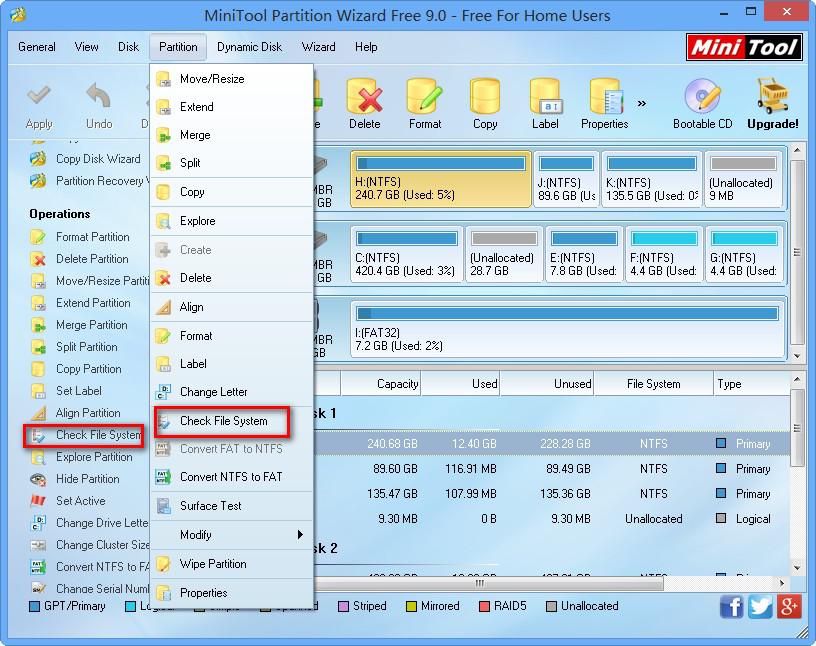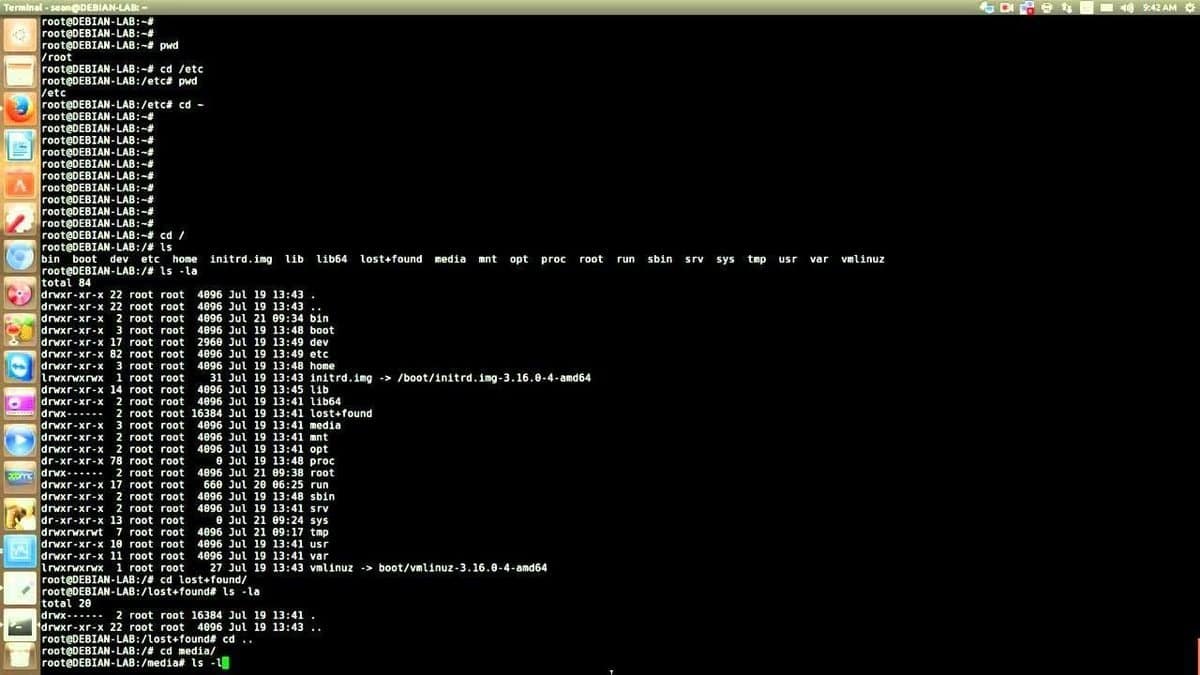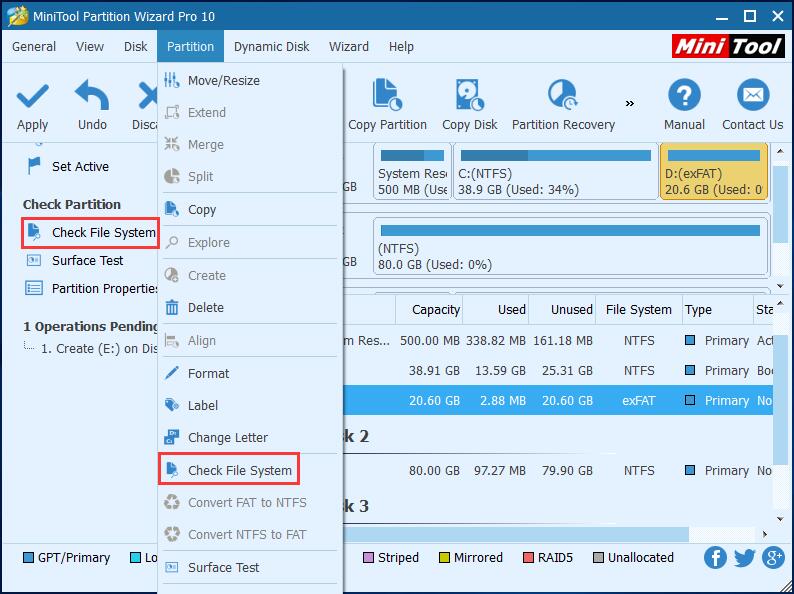Supreme Info About How To Check File System In Unix

This file uses the same flag names as keys, except for flags that allow several.
How to check file system in unix. If its 83, fdisk reports it as linux, **gpart** as mentioned by luke maurer) reports it as **ext2** ,, same thing. Go by the filesystem id. This will be case sensitive, meaning a search for query is.
Without parameters it lists the currently mounted devices, including their file systems. How to check if a file or directory exists in bash. Use the unix find command to search for files.
Findmnt you can switch from the default tree view to list view with. This opens the shell prompt. When you know the name of a file but can't remember where you saved it, use find to search your home directory.
The idea behind the utility is that with unix symbolic links, there is a. This guide will cover the steps on how to check if a file or directory exists in. Press ctrl + alt + t.
To be pendantic, you should say regular file, as most unix/posix docs refer generically to all types of file system entries a simply files, e.g., a symbolic link is a. To use the find command, at the unix prompt, enter: In this short tutorial, we’ll discuss.
To find a file by name with the find command, you would use the following syntax: Another way is to use the mount command. Type cd /var/log and press ↵ enter.
This takes you to /var/log, the location of your linux log files. One of the common tasks performed by the administrator is to find the file system type used by the particular storage device. Don't go by the name;;
Find a single file by name.


















